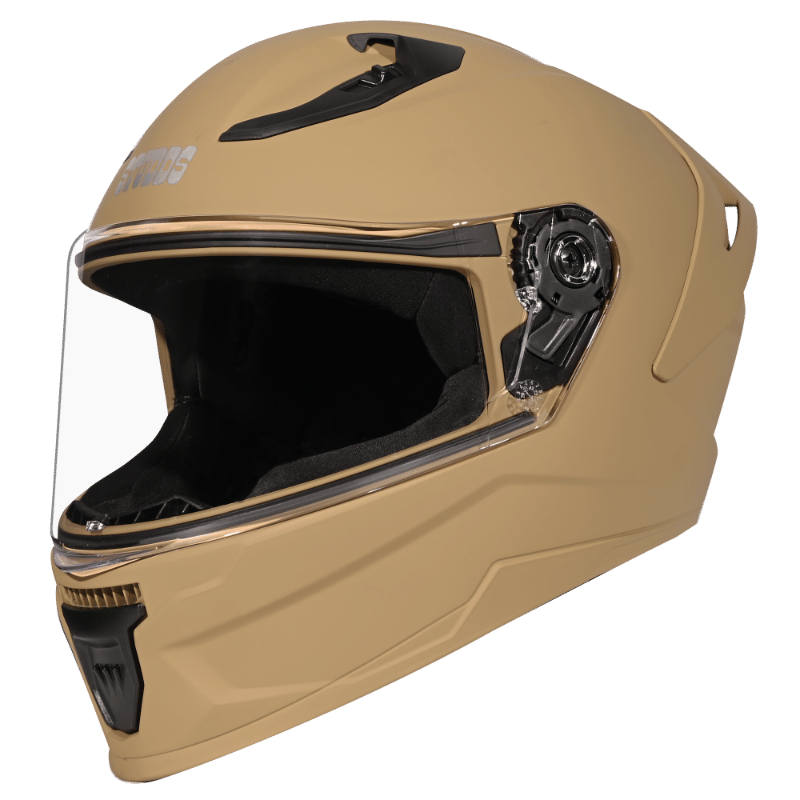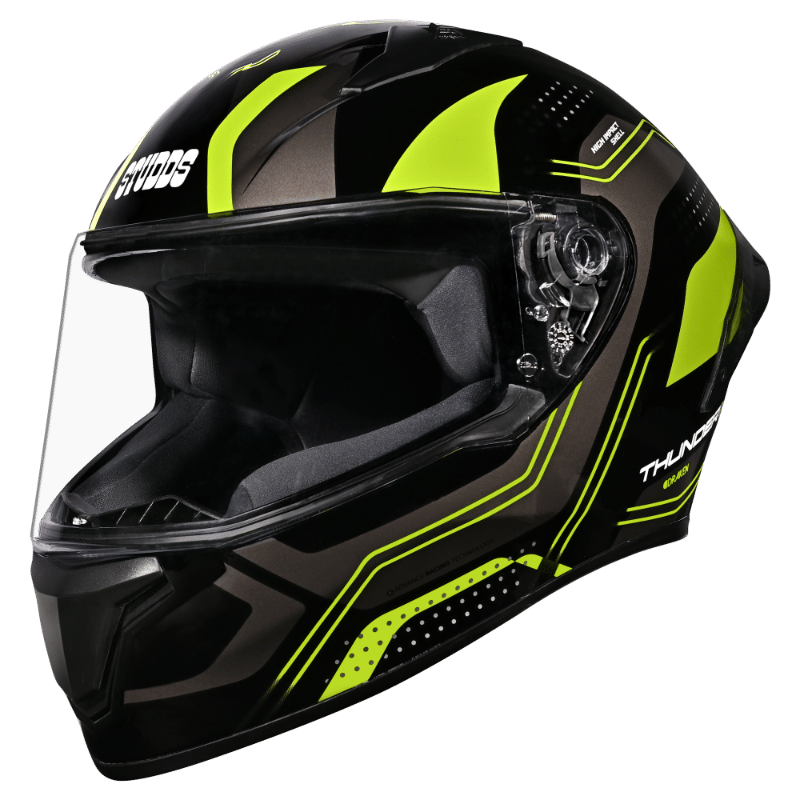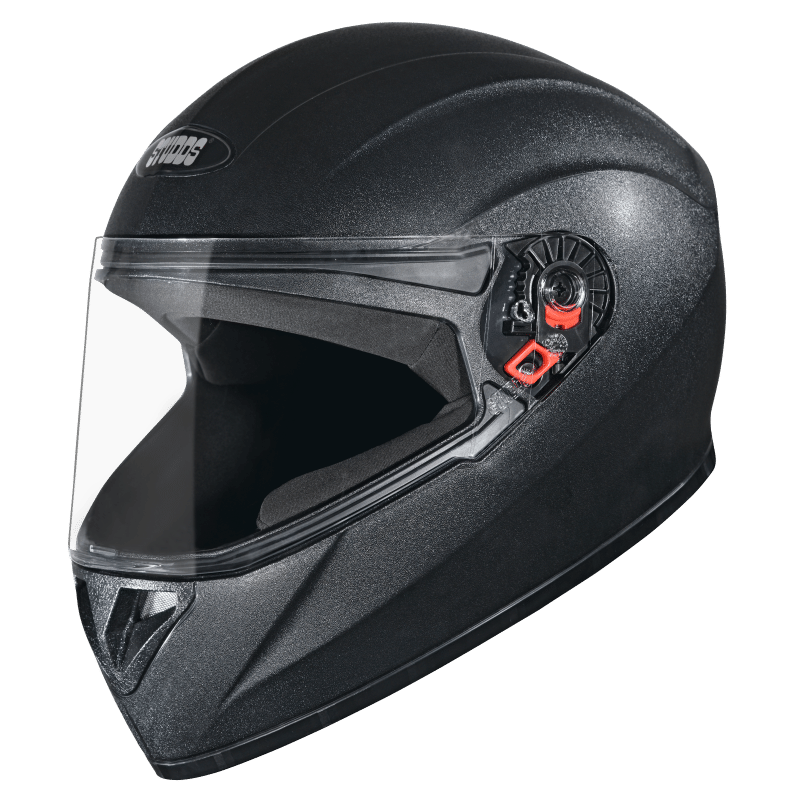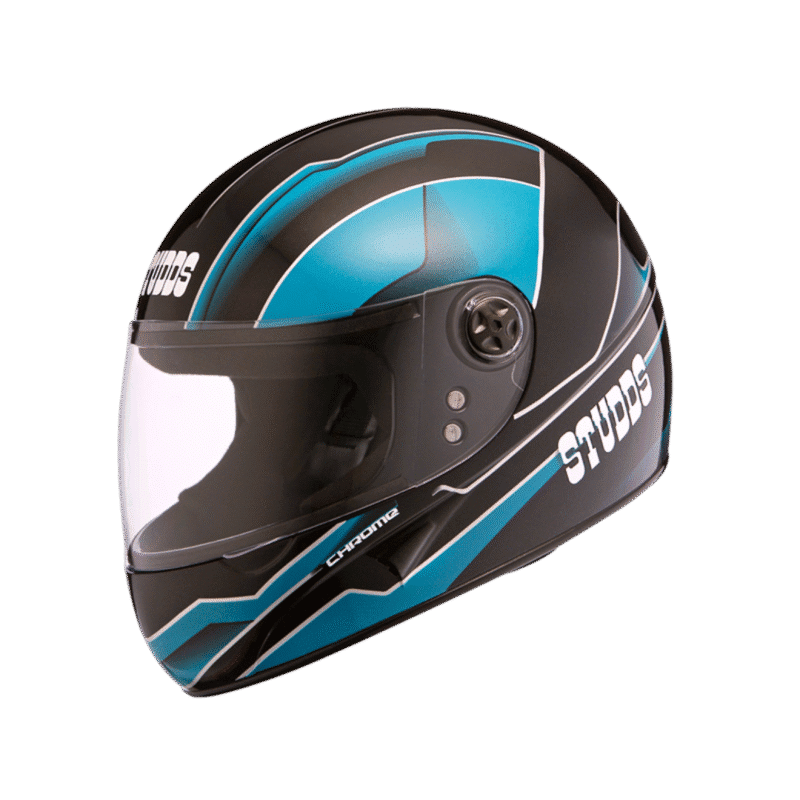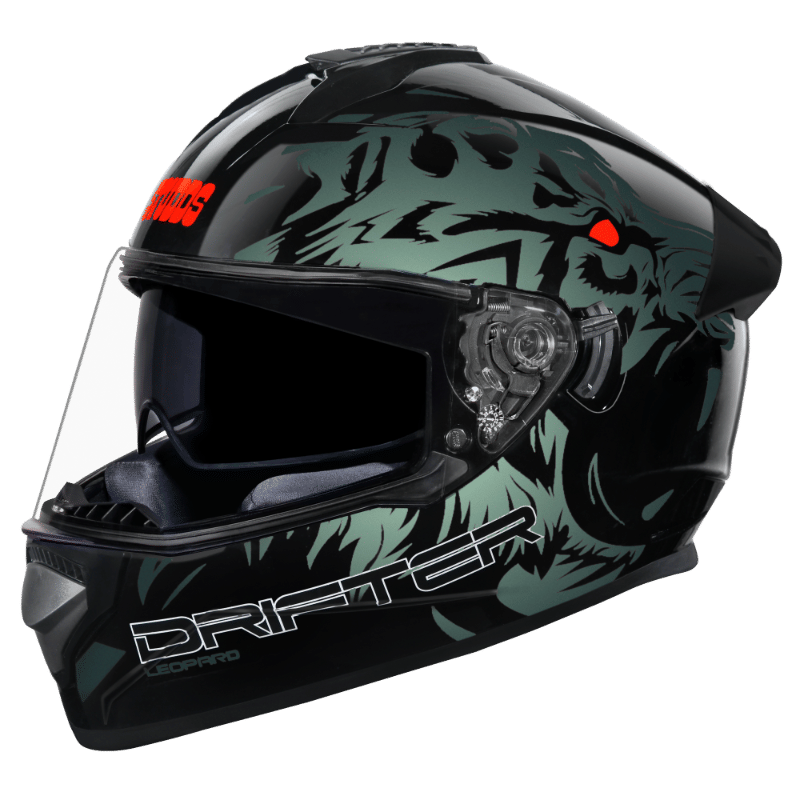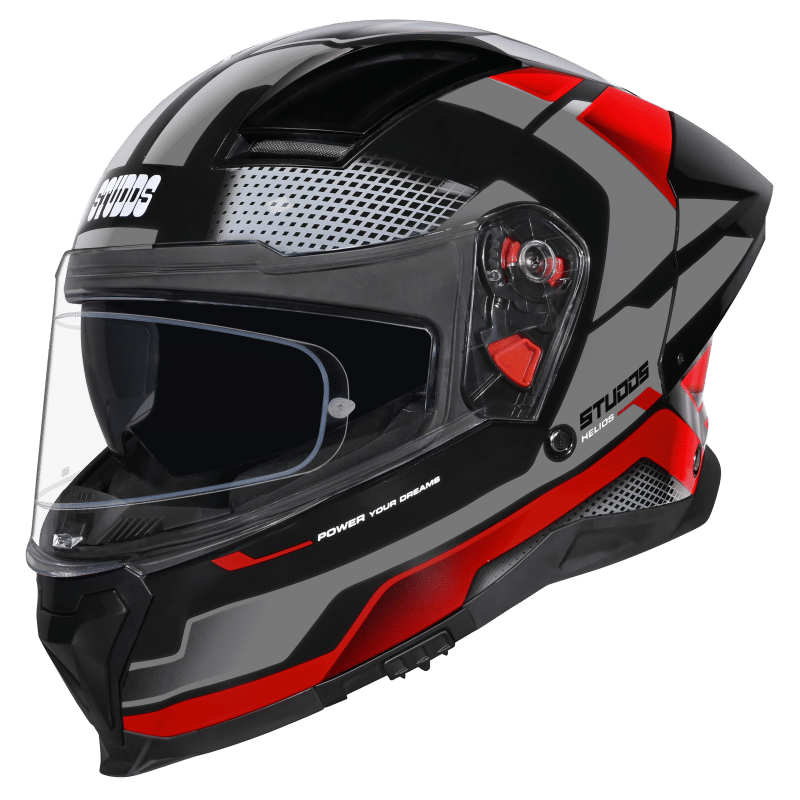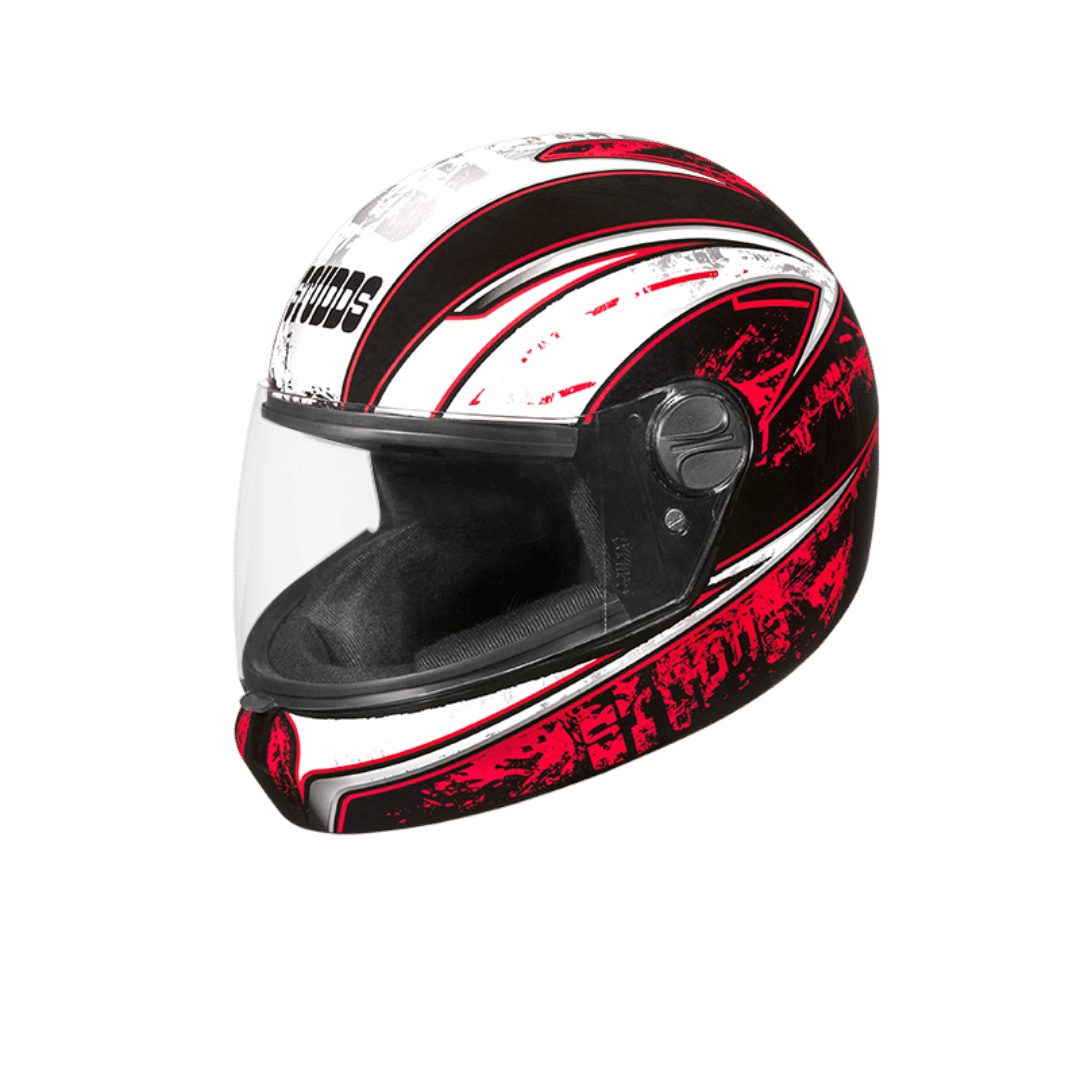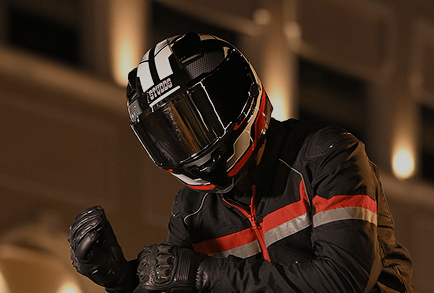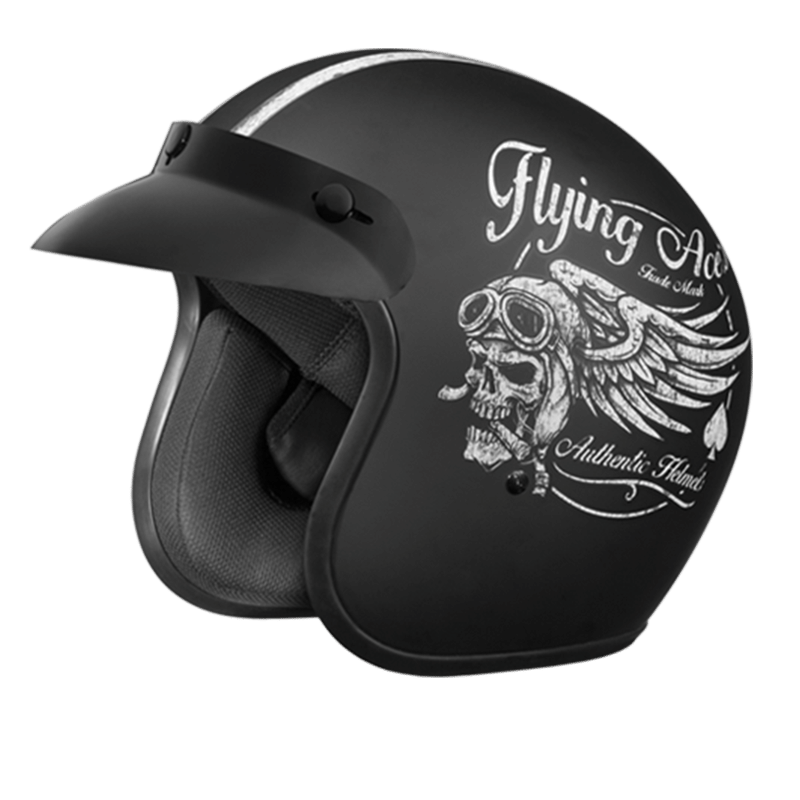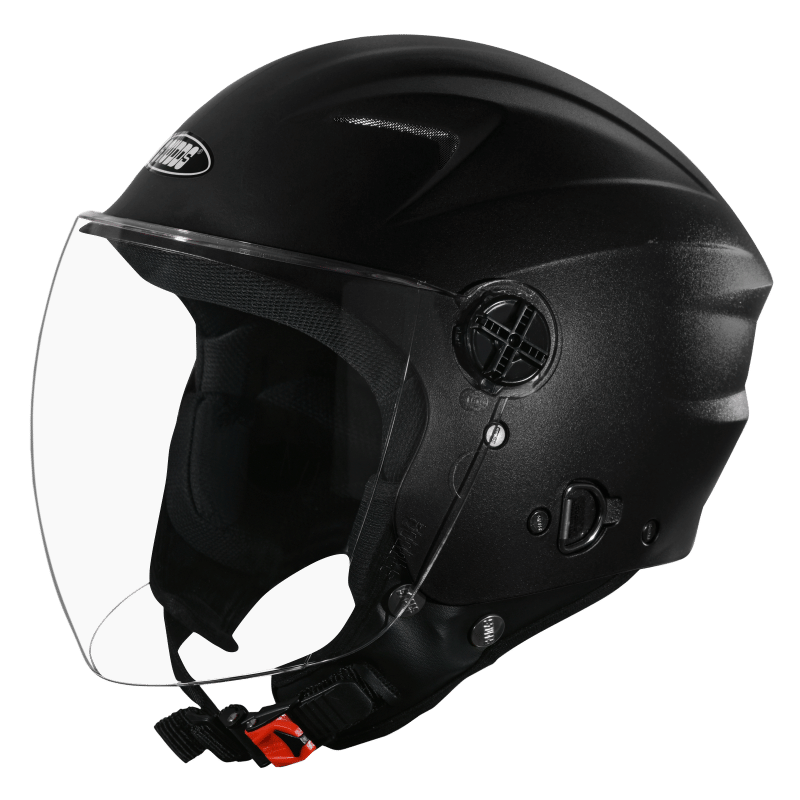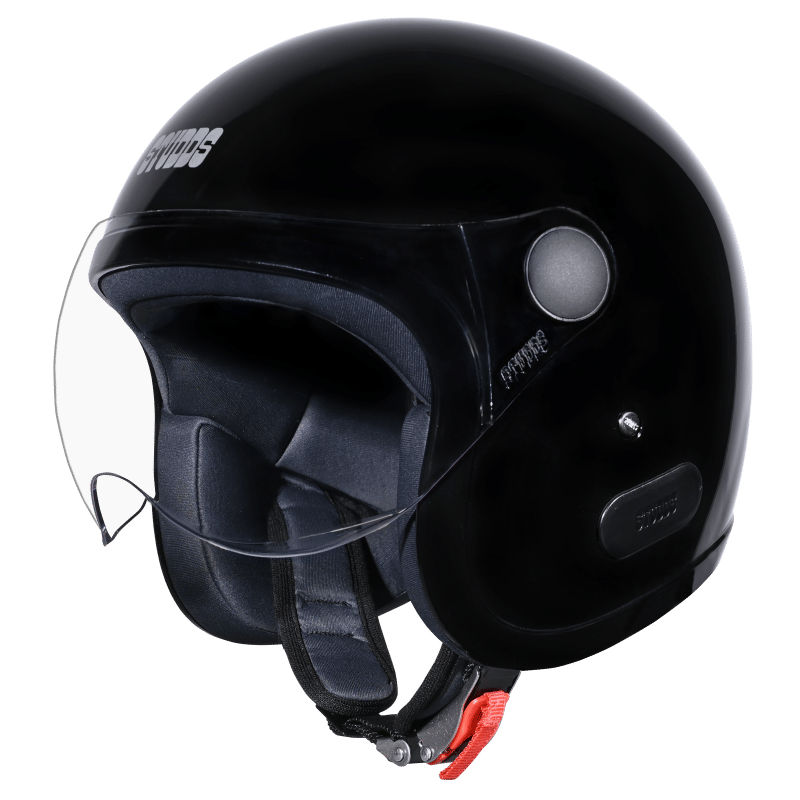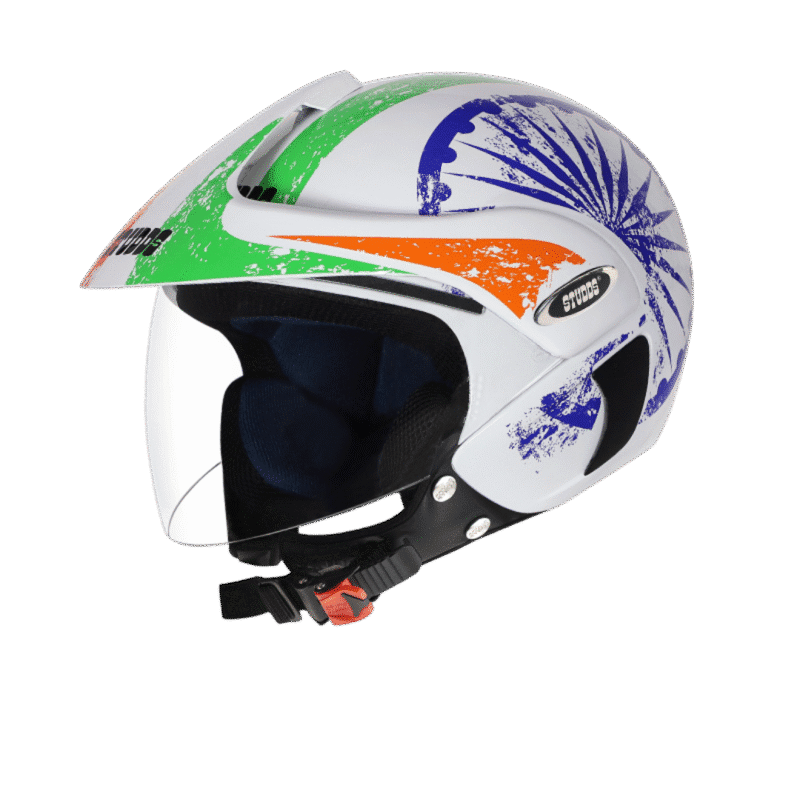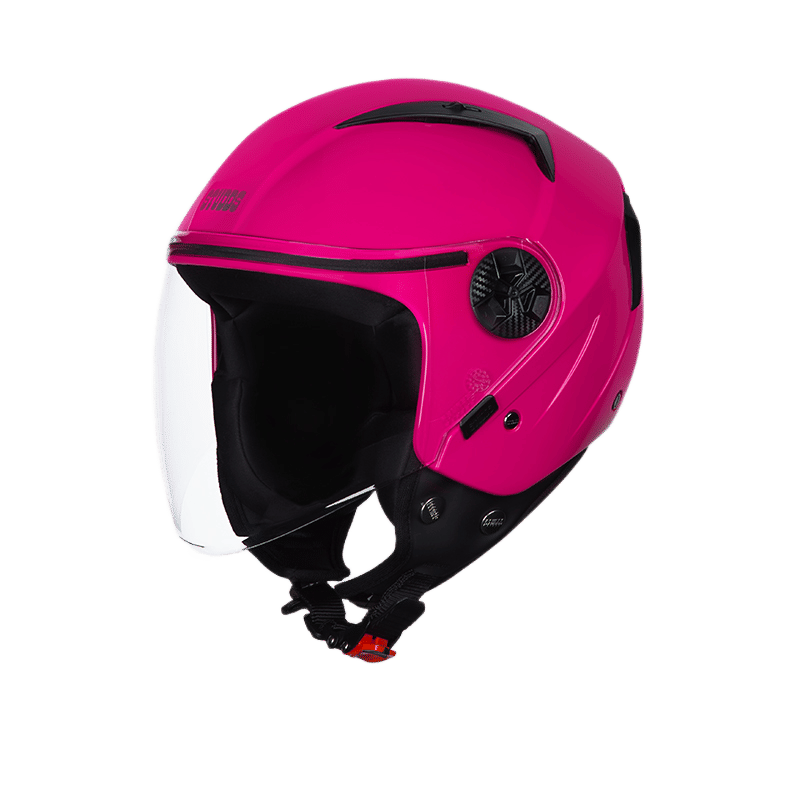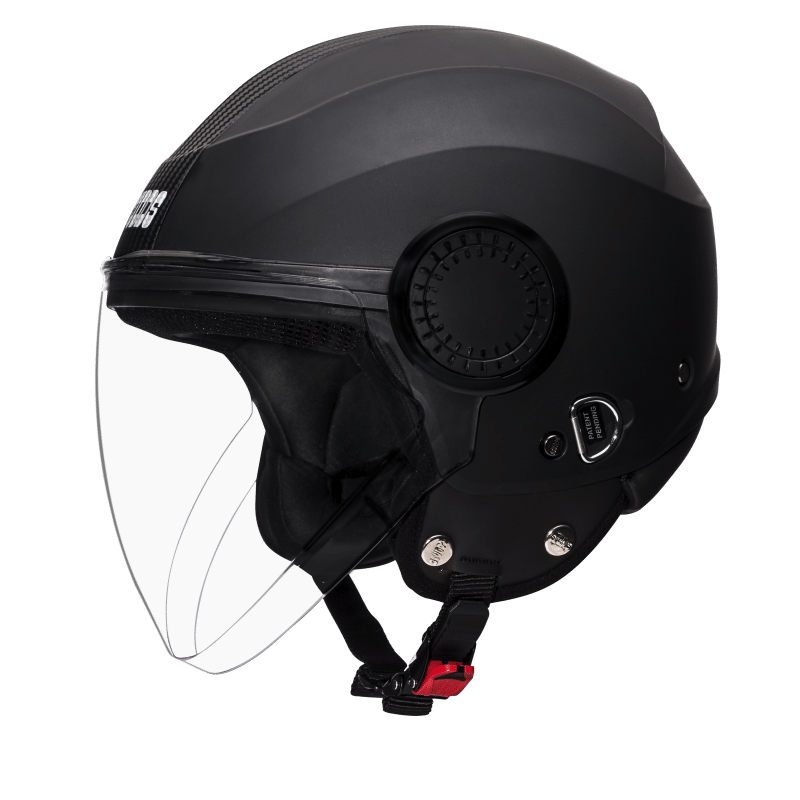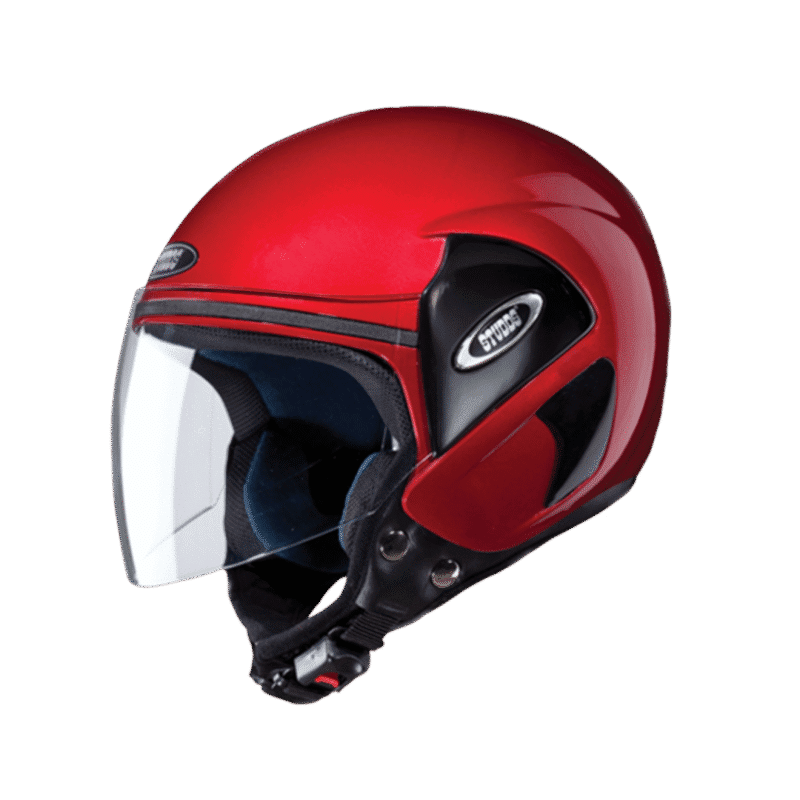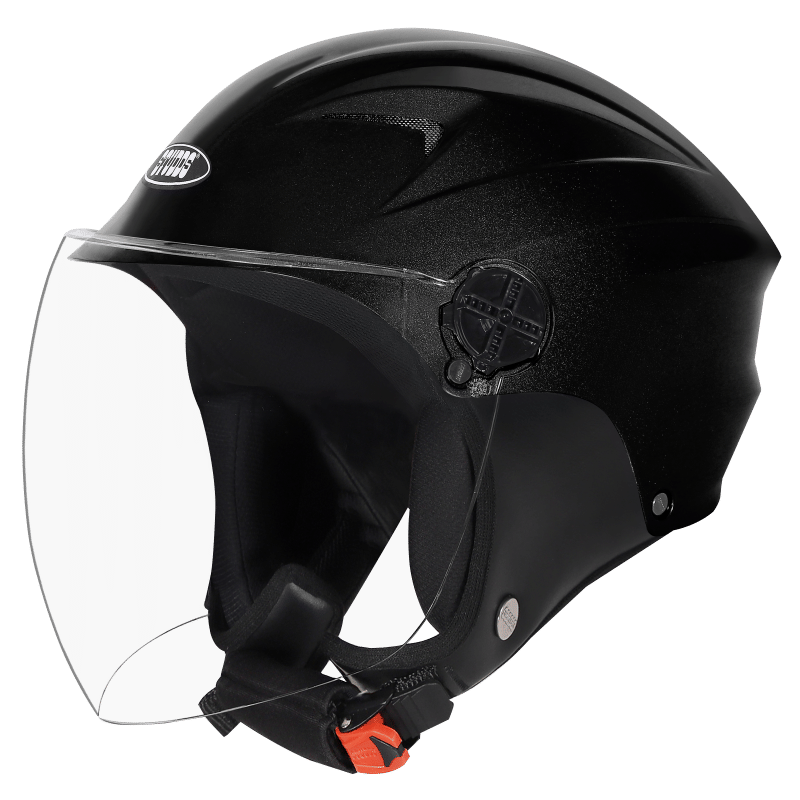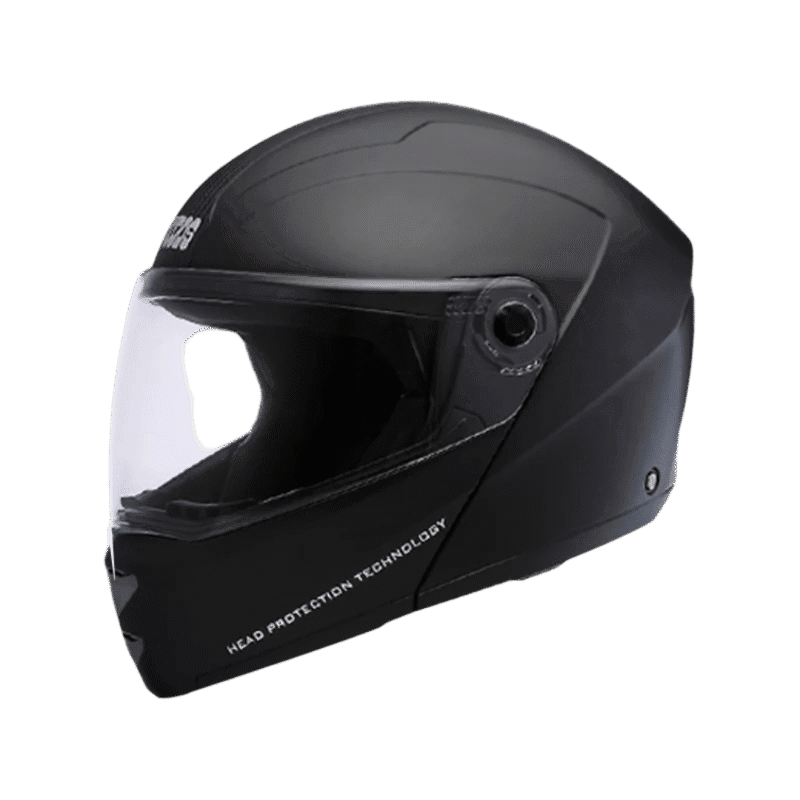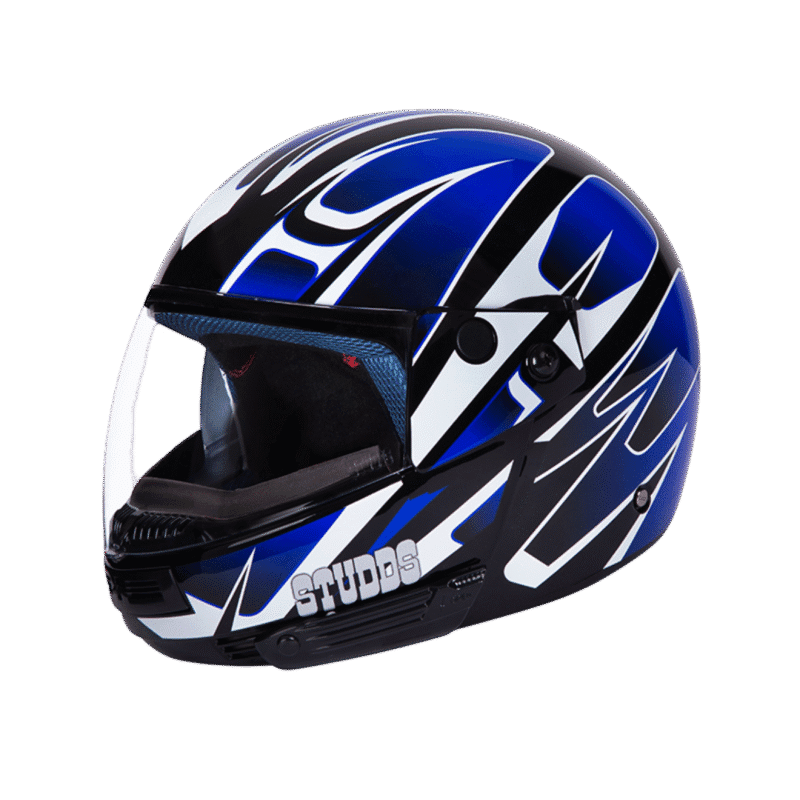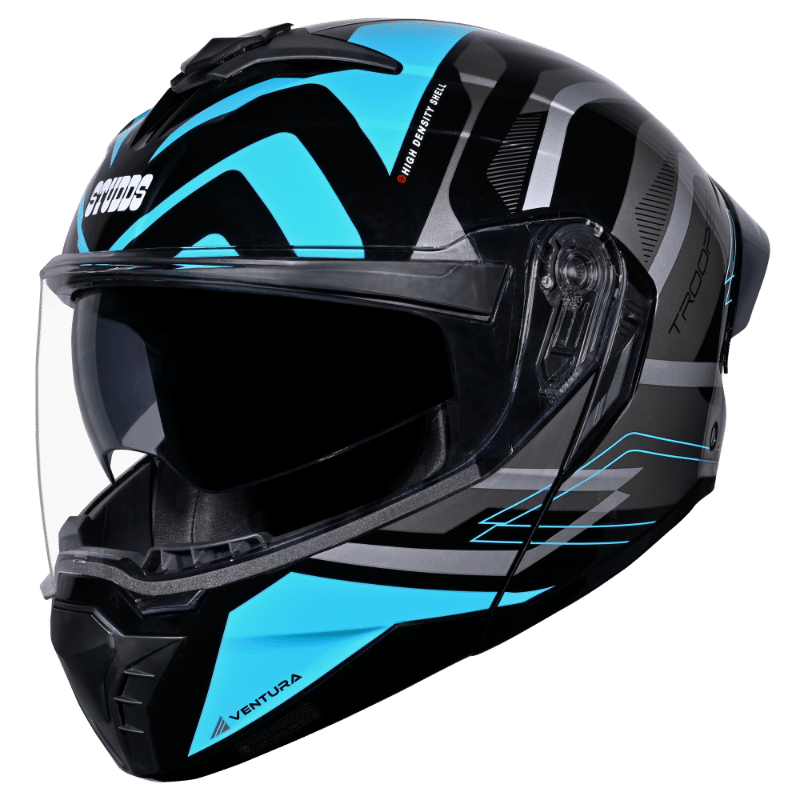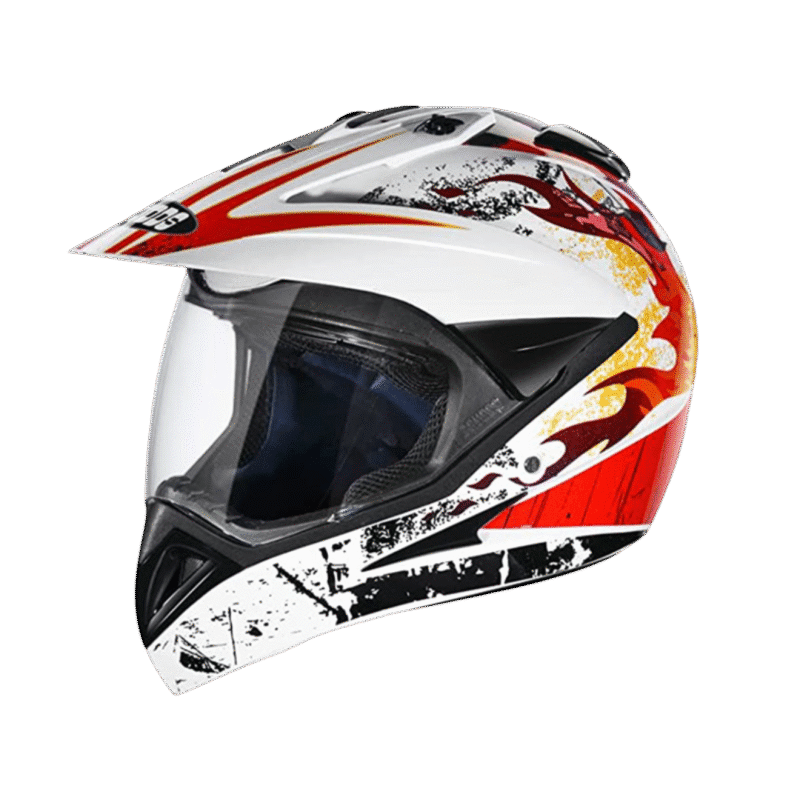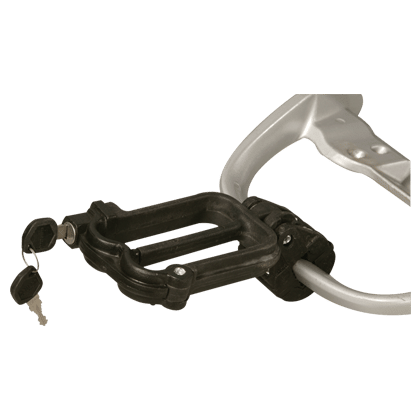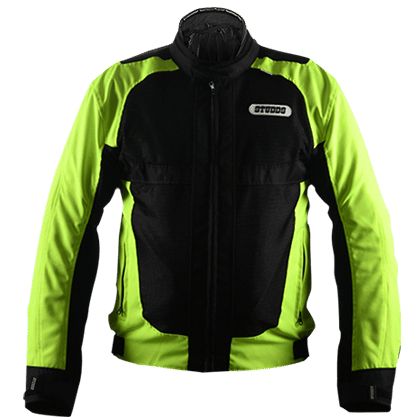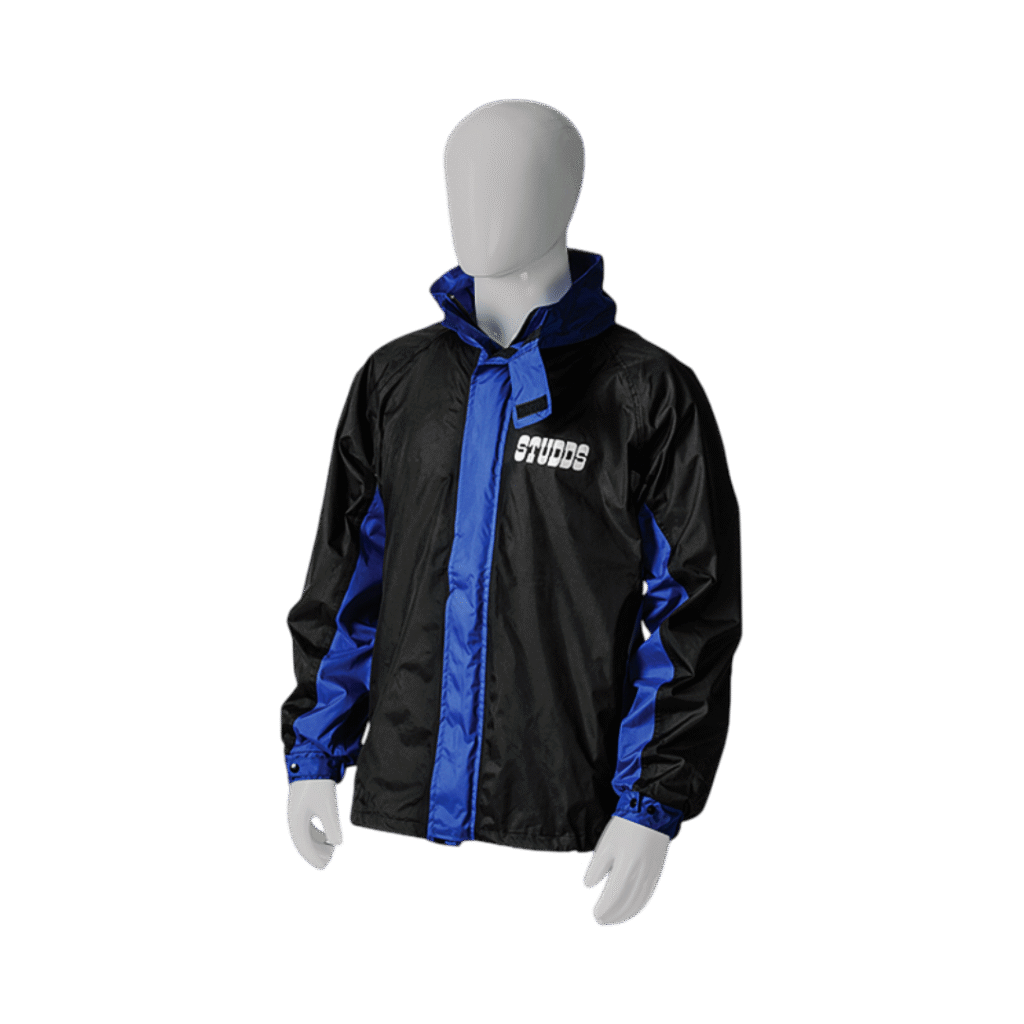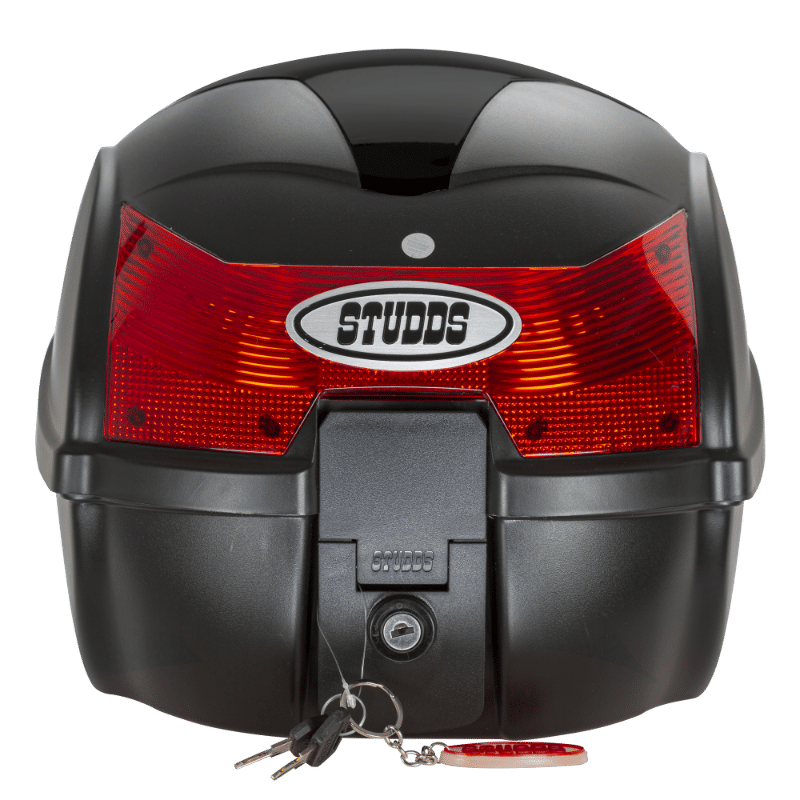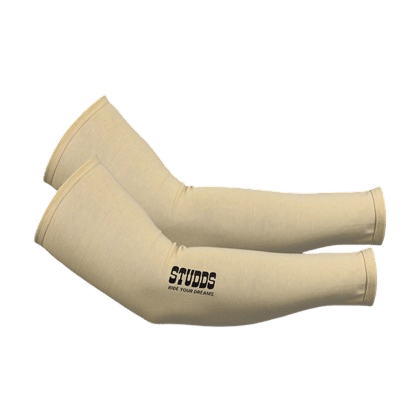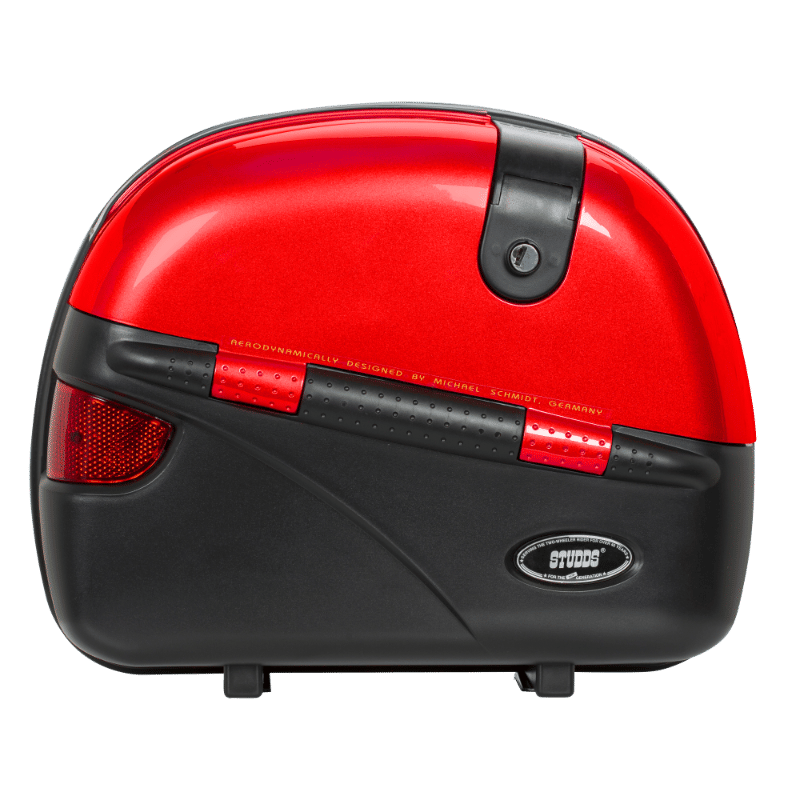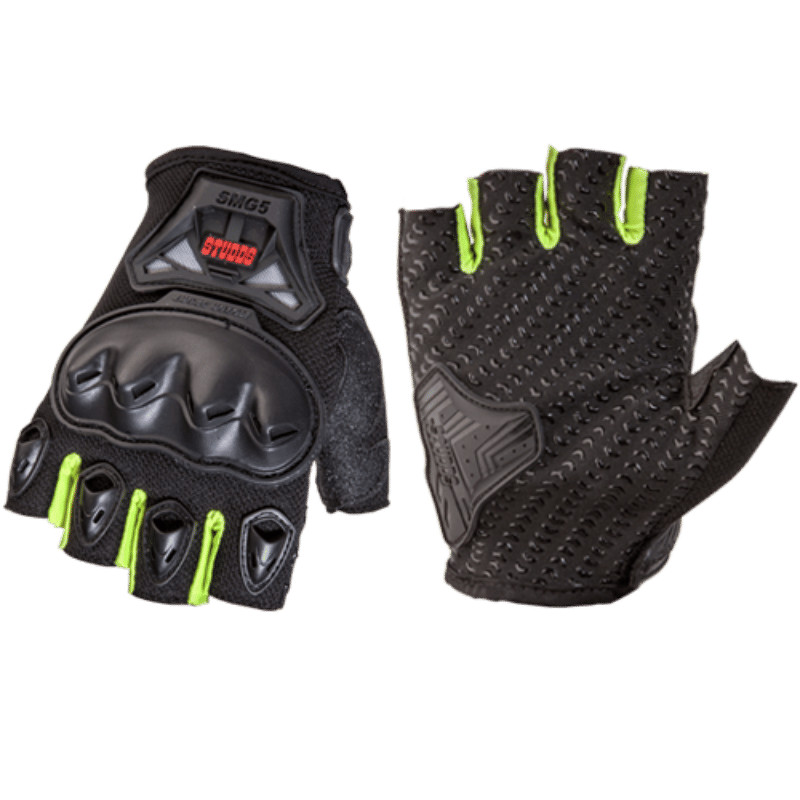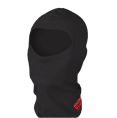ALWAYS REMEMBER THE NUMBER ONE RULE
A bicycle or motorcycle rider must understand that wearing a helmet is the most effective way to prevent injuries in case of a crash or fall. Scratches on the arms and knees are easier to treat as compared to a head injury, which may even lead to death. With high-speed motorcycles, the risk of an accident is also high. Wearing a motorcycle helmet mitigates that risk and dramatically reduces the chances of a severe head injury.
Make sure that your helmet is certified, fits you snugly and never forget to fasten the strap! Motorcycle helmets do not only safeguard the head from severe injury. They also shield the rider against strong winds, dust, bugs and other irritants, which may harm the eyes and compromise his/her vision of the road.
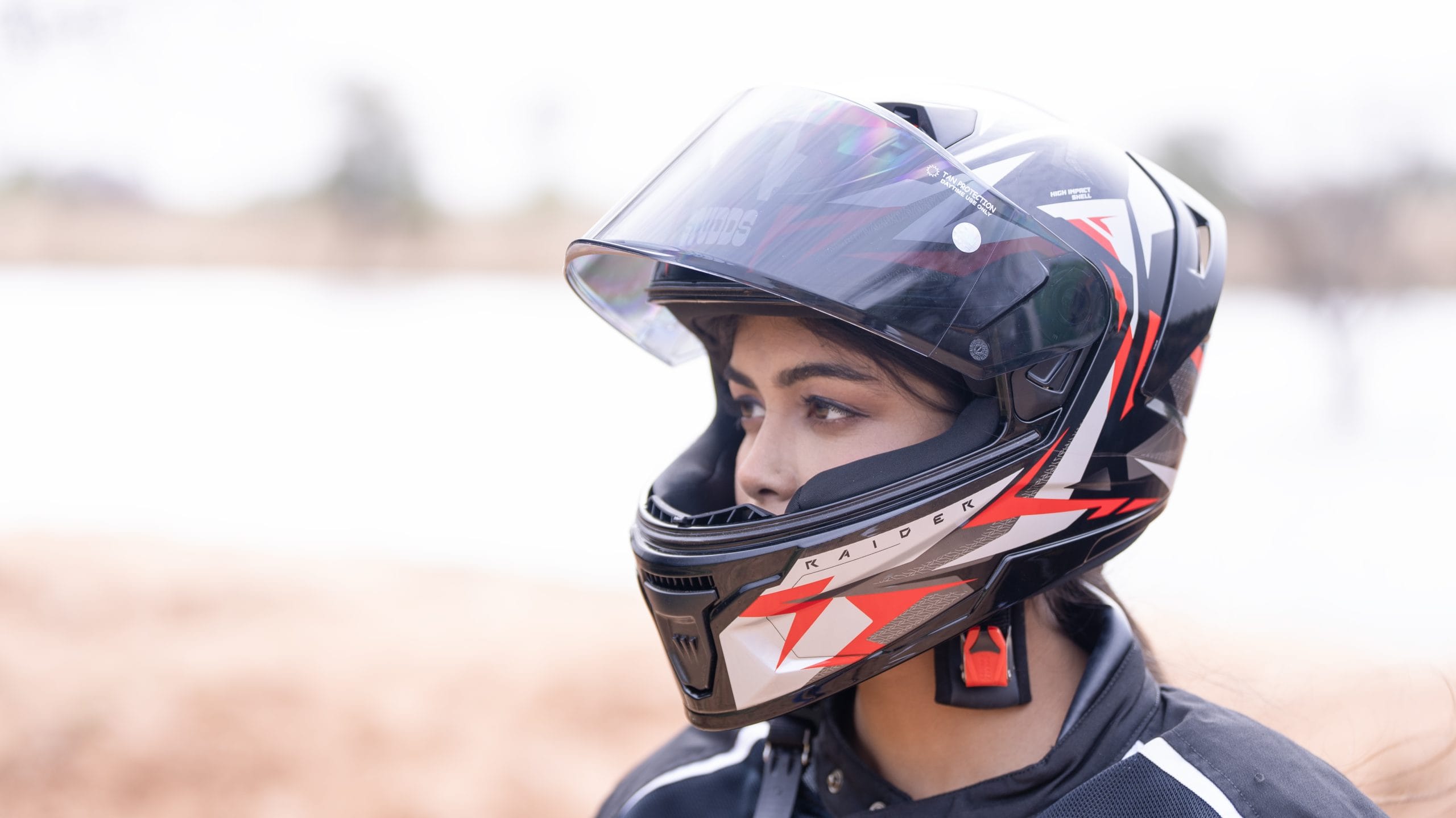
A standard motorcycle helmet has two principal protective components
A thin and hard outer shell made of a plastic polymer material such as thermoplastic, or fibreglass (sometimes kevlar or carbon).
A soft and thick protective padding made of expanded polystyrene or expanded polypropylene foam.
STRUCTURE OF STUDDS HELMET
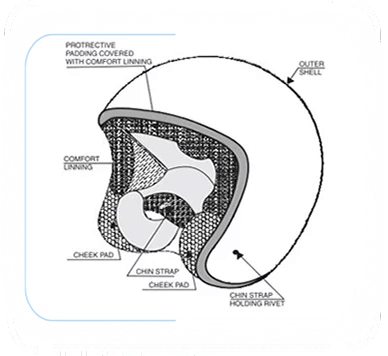
OPEN FACE HELMET
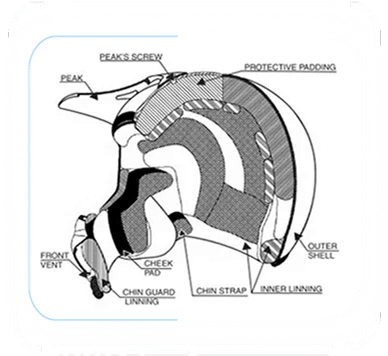
OFF-ROAD HELMET
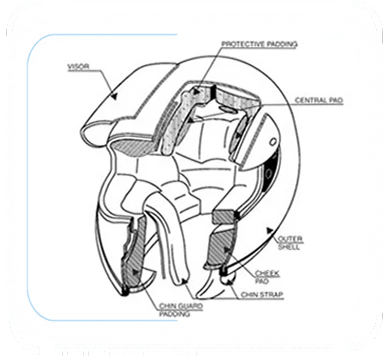
FULL FACE HELMET
FEATURES OF THE HARD OUTER SHELL
Prevents a sharp object from penetrating the helmet, thereby protecting the inner shell from being punctured. Provides structure to the inner lining, so it does not disintegrate upon a hard contact.
FEATURES OF THE PROTECTIVE PADDING
Absorbs the force of the impact to the rider’s head in case of an accident.
Reduces the speed of deceleration, thereby increasing the distance and time over which the helmet stops.
A helmet is a good fit if it sits well on the head.
It should not be tilted forward or backward.
It should have tight, wide straps that fasten snugly under the chin.
It should be tight enough that no sudden movement should be able to move it.
THE PRIMARY OBJECTIVE OF A MOTORCYCLE HELMET IS TO KEEP THE RIDER SAFE AND COMFORTABLE.
 Wishlist
Wishlist
 Track Order
Track Order

